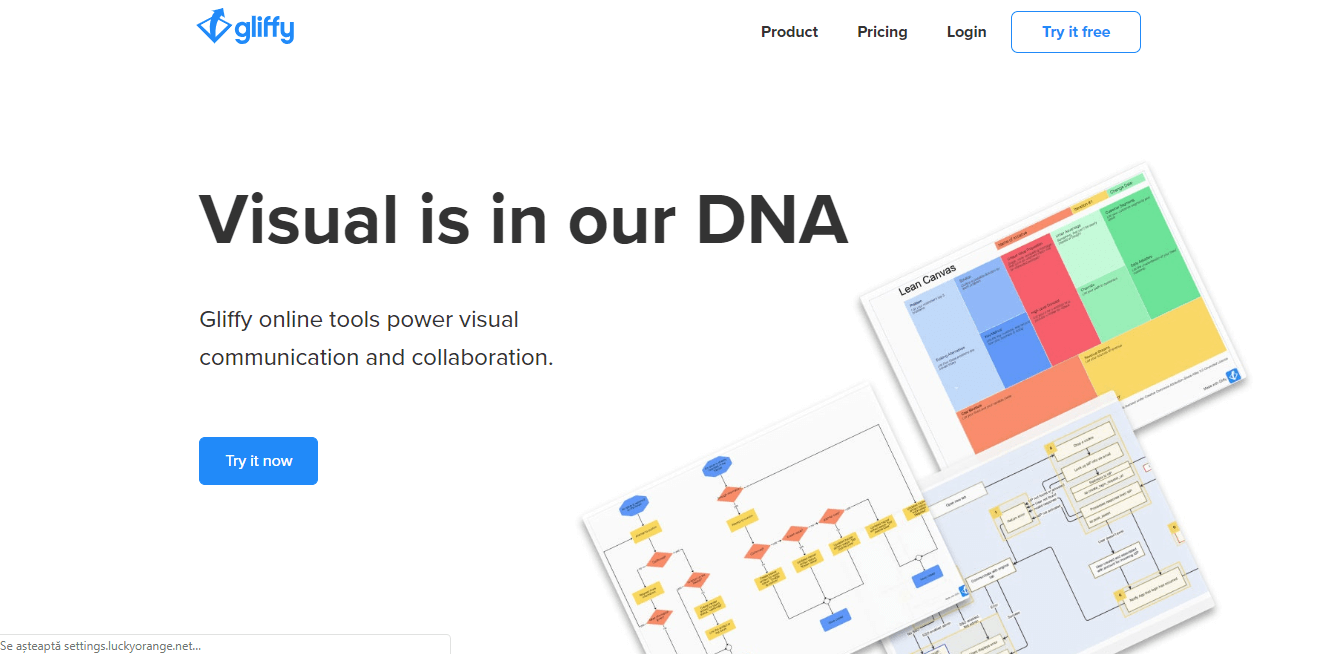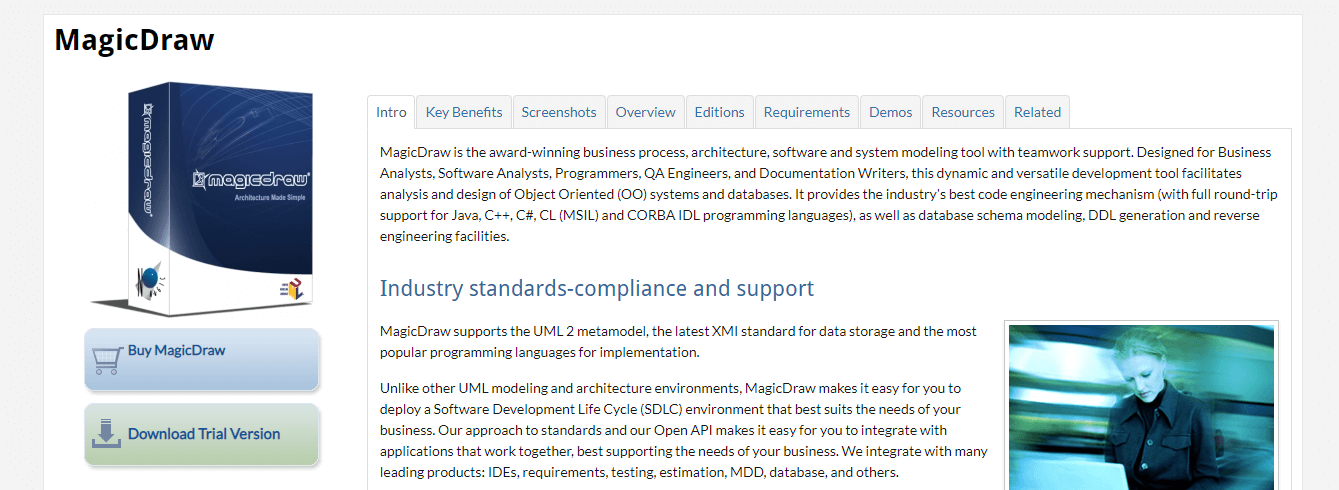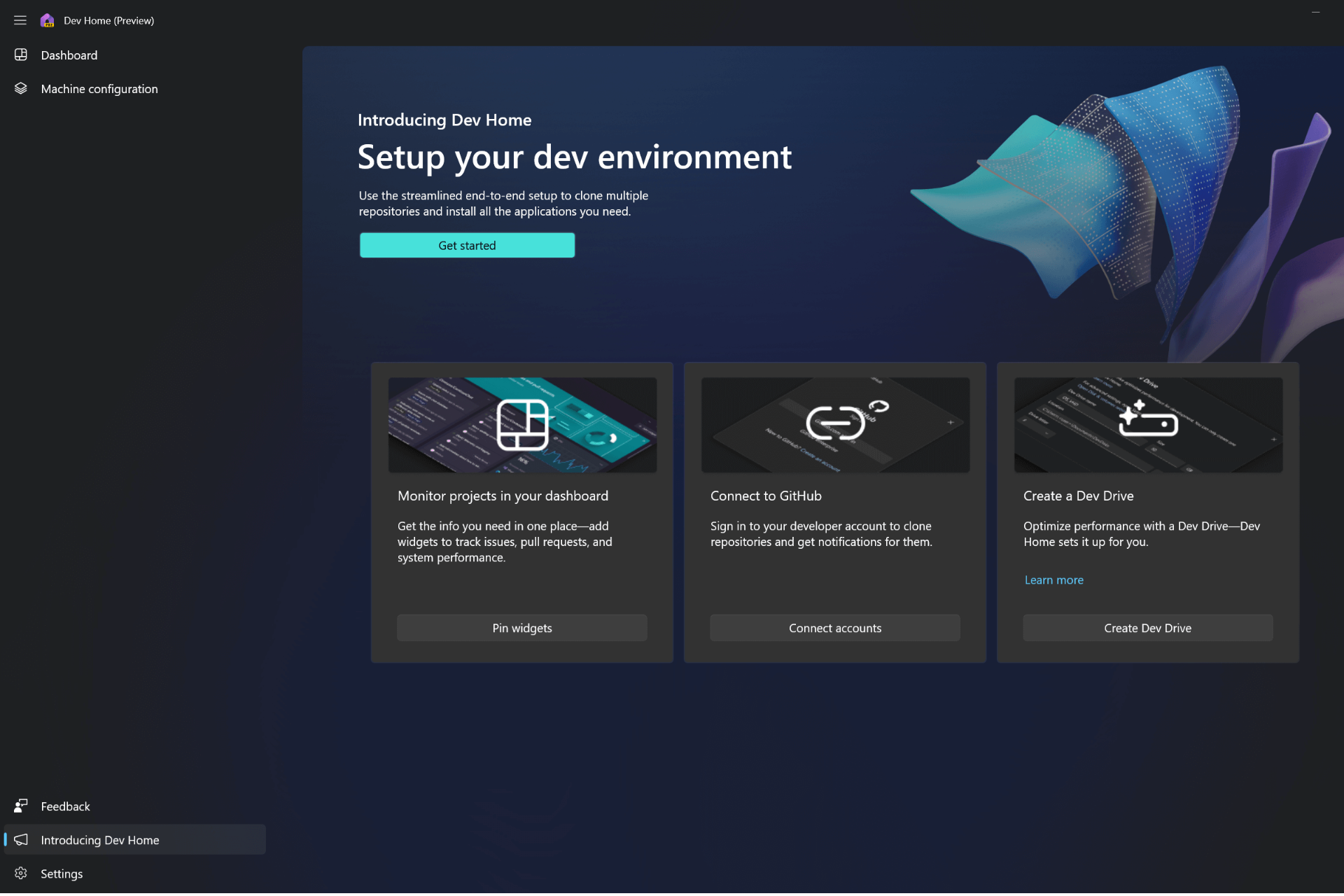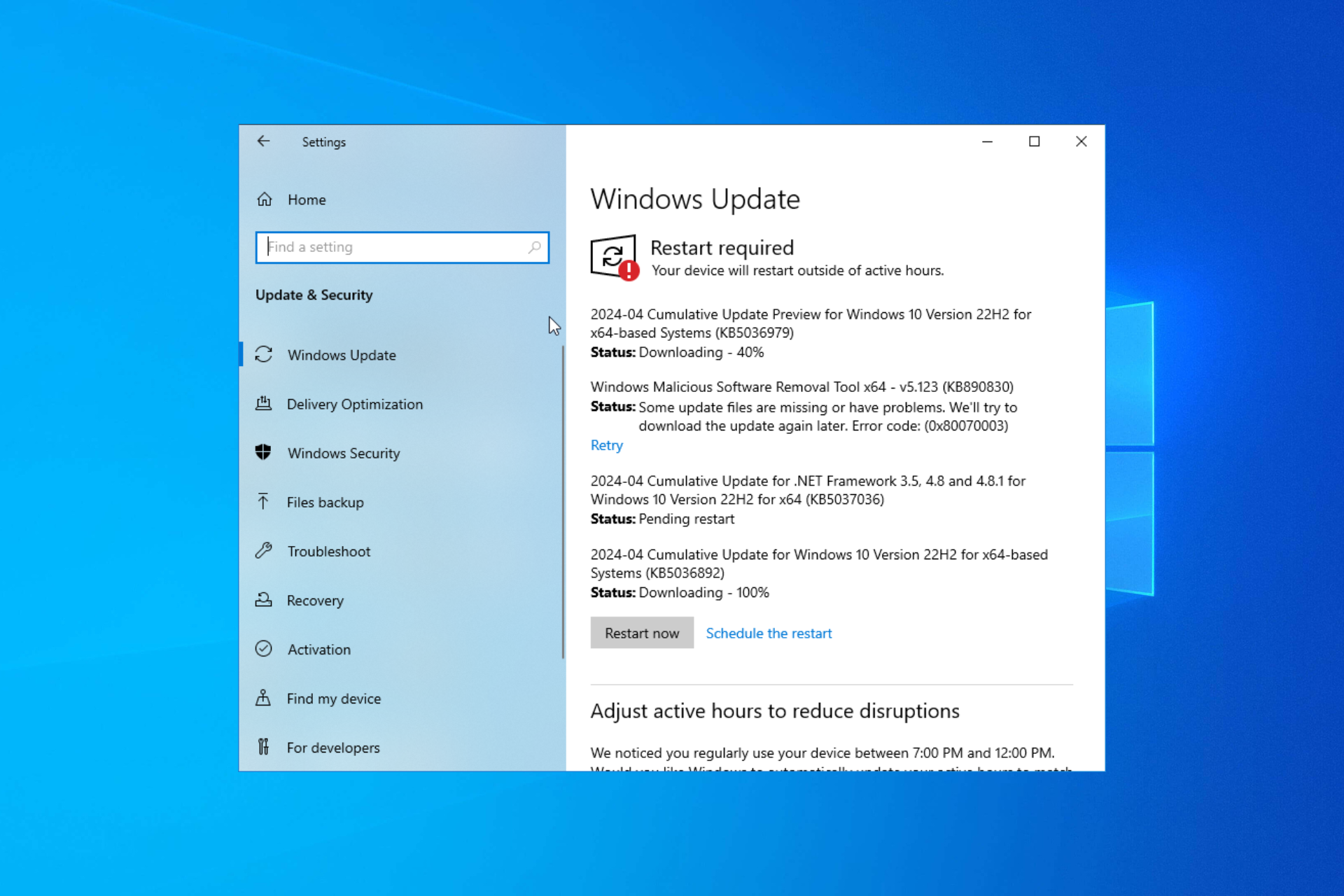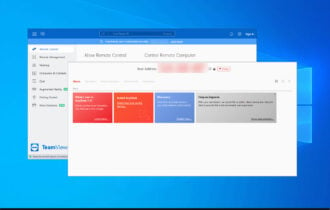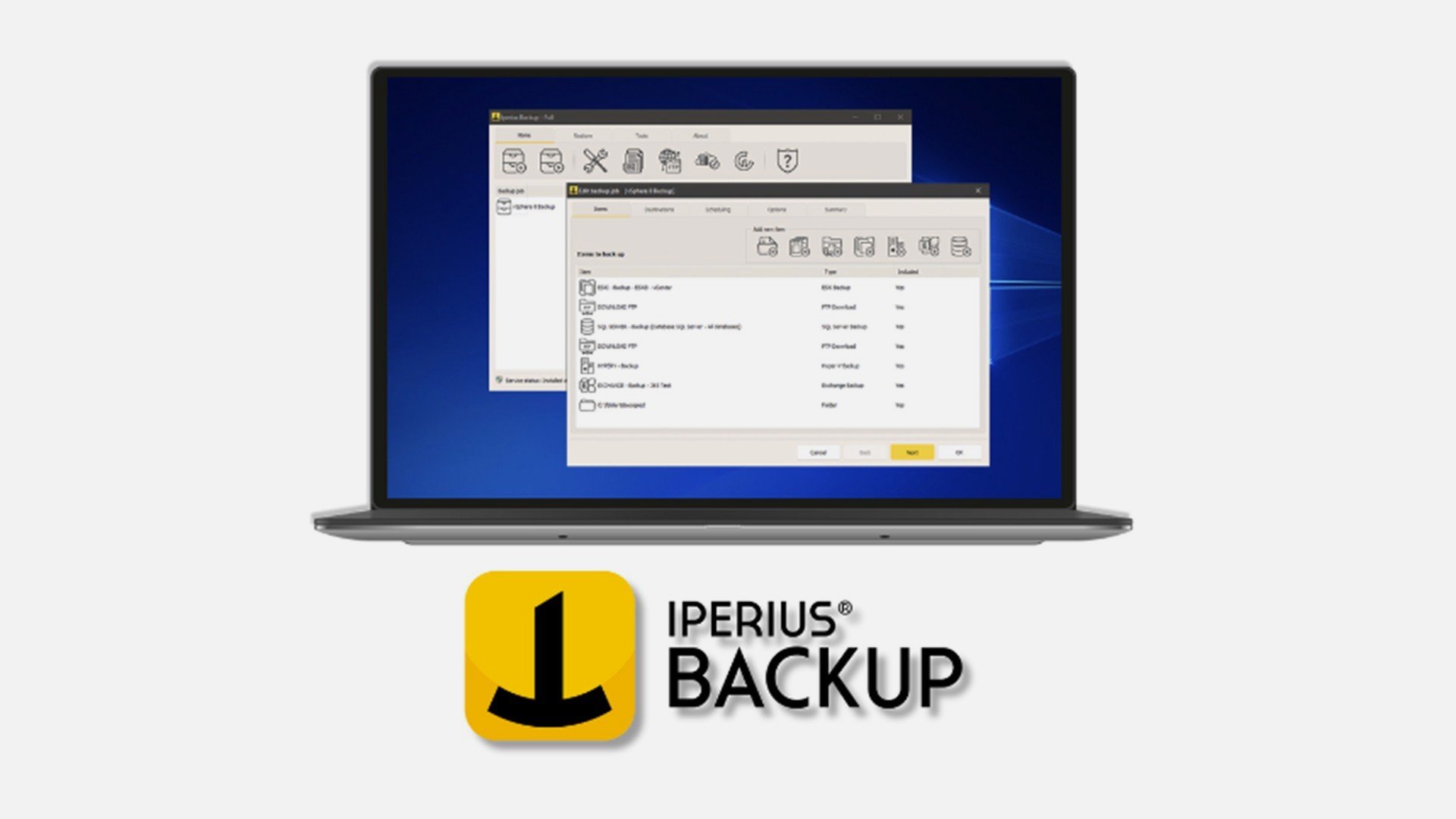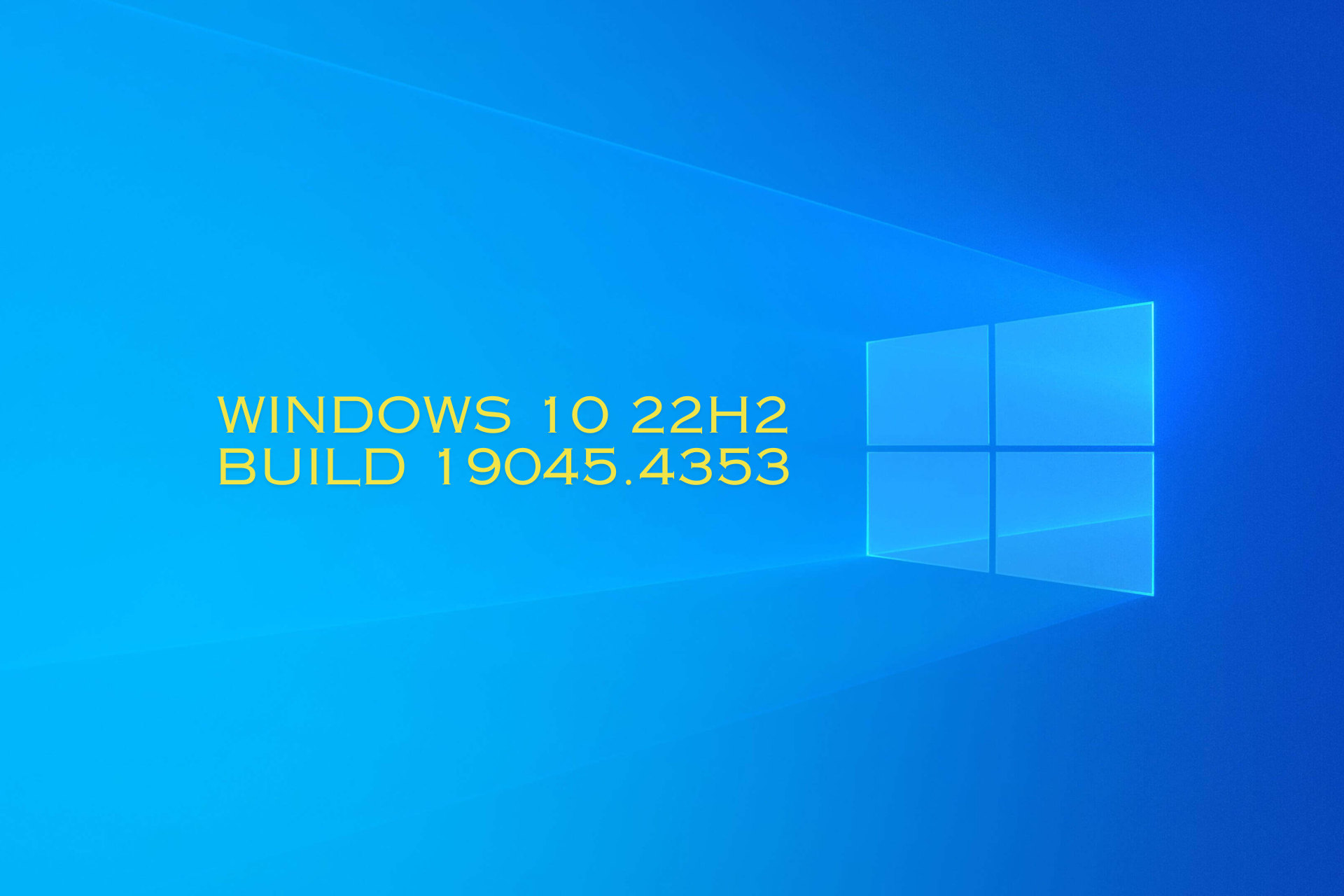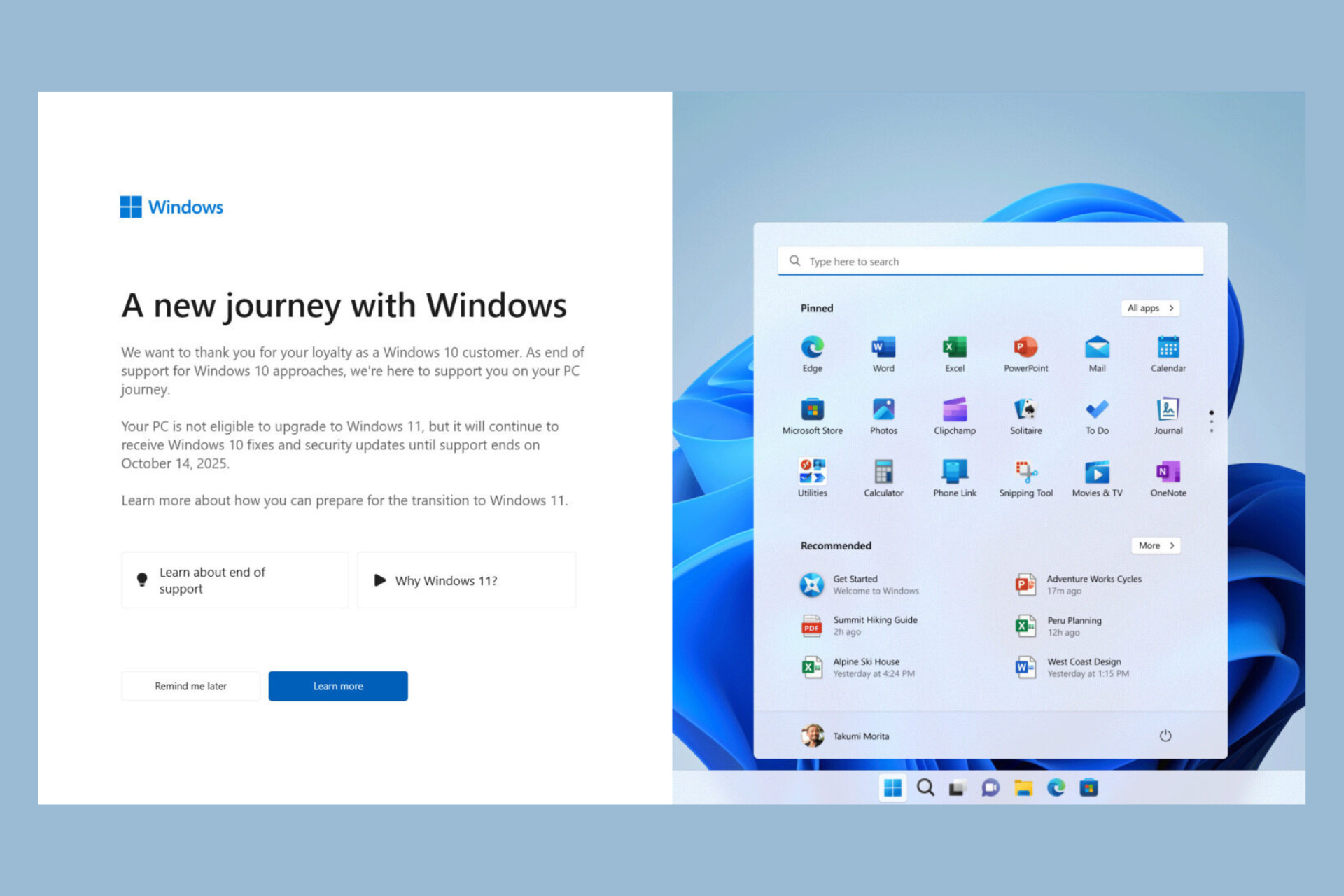3 best tools that use waterfall model for Unified Modelling Language
7 min. read
Updated on
Read our disclosure page to find out how can you help Windows Report sustain the editorial team Read more

UML software to create waterfall-type models
Gliffy
Gliffy is a great online UML tool that allows you to create comprehensive diagrams for both systems behavior and structures.
This software is stored entirely in the cloud, so it allows you to access it from anywhere in the world, with just an internet connection.
Another great advantage of using an online UML tool is the fact that you don’t need to download anything, so if you have issues with your hard drive storage space, it won’t be affected by Gliffy.
It has a built-in option to review diagram drafts by using the comment function.
Even though Gliffy offers you a good range of features that can easily create diagrams, is easily understandable and easy to use, it is not recommended that you use this software for creating code.
Saying this doesn’t mean that Gliffy can’t take programming, but there are better options available on the market that can help you with that.
Gliffy has also released a plugin UML tool that is perfectly compatible with Jira, and Google Suite, but also Google Drive. No matter if you choose the online tool or the plugin, Gliffy can help a lot.
One of the best features found in Gliffy is the incredibly wide range of shapes available to use. This feature allows you to skip the process of constructing each diagram. You can choose your template, and then customize it to your needs.
When you start the software you can choose from the range of modeling languages available. Once you choose, you will automatically get access either to all the tools required for the option you selected.
Gliffy can be used for free as well, offering you 2 MB of cloud space to be able to store your created diagrams, allows you to export 5 models, and can import diagrams in GON, Gliffy, and gXML formats.
You can also export diagrams to the native ‘Gliffy’ format, and then easily share it with others by generating a download link.
Another option to export and share your diagrams is by using the ’embed’ features on platforms like HipChat, Slack, WordPress, etc.
The paid version of Gliffy gives you the power to import diagrams with the Microsoft Visio format (VDX), and you can also export to common images formats like JPG, PNG, SVG.
One of the most useful features of the paid version is the ability to export your project directly to Google Drive.
This allows you not to worry about losing your files, and also to access them from anywhere in the world with just a few clicks of the mouse.
MagicDraw
MagicDraw is another great UML tool that was designed specifically for professional modeling. The power contained under its user-friendly UI can help you achieve professional-level results no matter how complicated the structure of your diagram is.
This software doesn’t only contain tools that support UML. You can also use the equivalent for modeling operating systems (SysML), Business Process Model and Notation (BPMN ), and also the UPDM architecture framework (DoDaf/MODAF).
Some other very important and useful tools found in MagicDraw gives you the ability to use OCL to set specific boundary condition notations, and XMI to easily export diagrams to other software without risking to lose any of your data.
Looking for the best block diagram software? Here are the best options.
MagicDraw is based on three programming languages – Java, C++ (in different dialects), and also C#. You can import a wide range of files formats – XMI metadata from software like Eclipse and IBM’s Rhapsody, CSV, ReqIF, DoDAF, and CA Erwin Data Modeler.
You can also choose to save and print your project in different image formats – BMP, PNG, JPG, EMF. Because of MagicDraw’s wide range of features, you can even perform reverse engineering and round-trip engineering.
MagicDraw also has the ability to convert UML diagrams into code compatible with Java, C++, C#, XML Schema, CORBA IDL, and can also transform the same type of code into UML diagrams.
The UML software from MagicDraw has the ability to check your project for errors and show you a notification about them. This way you will never lose touch with the issues found in your projects, and you can prioritize them accordingly, depending on the issue severity.
Another very useful option is that you can compare diagrams in a side-by-side view to identifying any problems.
Star UML 3
Star UML is another great software option that allows you to create waterfall model diagrams for complex software architecture modeling.
As in the cases of the previously presented software, this tool offers you the possibility to choose from a wide range of pre-made customizable diagrams – Entity-relationship Diagrams (ERD), Data-flow diagrams(DFD), etc.
Another very important aspect of this software is that it supports UML 2 metamodels and diagrams – Class, Object, Use Case, etc. This feature offers you all the latest tools available in 2019.
Here are some other useful features found in Star UML 3:
- Supports retina display – all icons, diagrams, text, and icons have high definition quality and can be easily exported to high-dpi images (PNG and JPEG)
- Great third-party extensions with a full-featured extension manager
- Quick edit feature that allows you to create elements instantly
- Supports code from Java, C#, and also C++
- Extensions, APIs, keymaps, etc. – can be written in HTML5, CSS3, JavaScript, Node,js modules
- Great exporting options for your project – HTML Docs, PDF, etc.
You can find a great range of extensions for your UML 3 software, by visiting this page.
If you feel that you need some help understanding what Star UML 3 is all about, you can visit the official support page.
You will find a useful forum, official online documentation, the FAQ page, and you even have the option to send your new feature idea to the Star UML team.
Conclusion
In this article, we explored some of the best UML software on the market, that allows you to either build complicated software architecture from the bottom up or to create very easy to understand diagrams.
If you need a fast and easy to use UML software, and only need the basic diagram building tools, then the best choice for you would be Gliffy.
On the other hand, if your computer has great processing power, you have experience with using UML tools and need professional-level tools and features, then the best option for you is clearly MagicDraw.
Let us know in the comment section below if you have any suggestions.
RELATED STORIES YOU SHOULD CHECK OUT:

